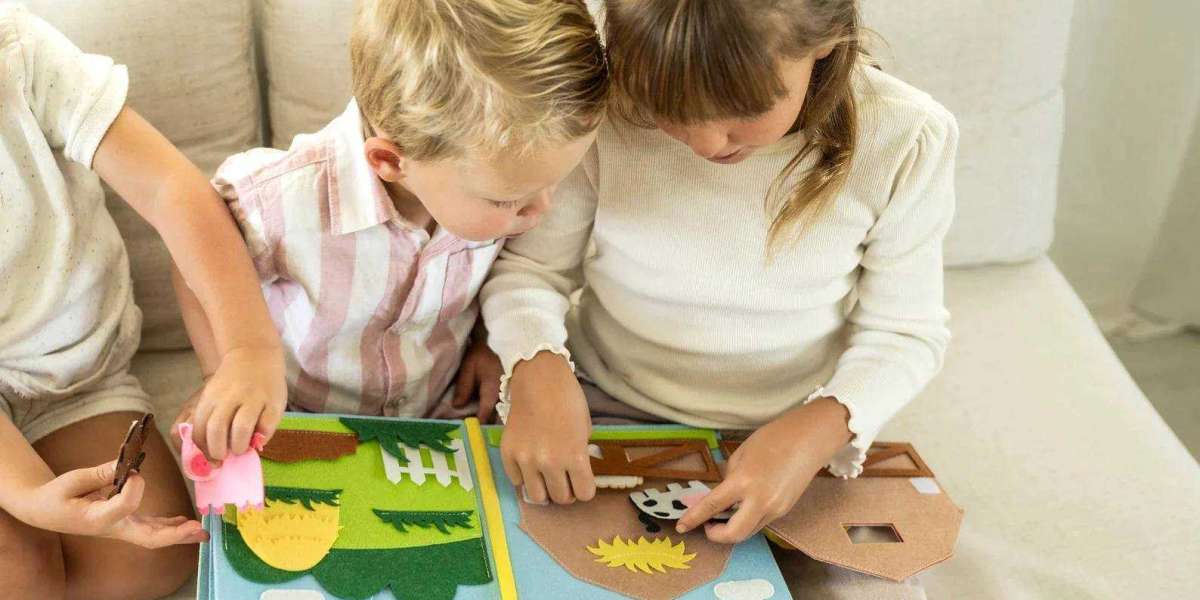The aftermath of water damage can lead to various issues, such as mold growth, structural damage, and compromised indoor air quality. In this, we'll walk you through eight crucial steps to take after water damage occurs in your home, with a focus on effective water damage repair.
What is Water Damage?
Water damage refers to the destruction or deterioration of structures and belongings caused by the intrusion of water. It can result from various sources such as floods, leaks, or burst pipes. Immediate attention is crucial to prevent further harm, including mold growth and structural issues.
Step 1: Assess the Safety Situation
Before diving into water damage repair, prioritize safety. Turn off the power supply to affected areas to prevent electrical hazards. If the water damage is extensive or if there's a risk of structural damage, it's essential to evacuate the premises until a professional assessment is conducted. Always prioritize safety for yourself and your family.
Step 2: Identify and Stop the Water Source
The next critical step in water damage repair is to identify and eliminate the source of water. Whether it's a burst pipe, a leaking roof, or flooding, stopping the water source is crucial to prevent further damage. If it's safe to do so, turn off the main water supply to your house. In the case of a burst pipe, consider shutting off the individual water source leading to the damaged area.
Step 3: Remove Standing Water
Standing water is a breeding ground for mold and can cause significant structural damage. Utilize a wet vacuum, pumps, or buckets to remove standing water promptly. For large-scale water damage, consider hiring a professional water extraction service to ensure thorough removal.
Step 4: Thoroughly Dry the Affected Areas
After removing standing water, it's crucial to thoroughly dry the affected areas. Use dehumidifiers and fans to expedite the drying process. Open windows and doors to facilitate ventilation. Swift and efficient drying is vital to prevent mold growth and mitigate further damage to your home's structure.
Step 5: Salvage and Clean Personal Belongings
Water damage can wreak havoc on personal belongings and furniture. Salvage items that can be saved and remove them from the affected area. For salvageable items, thoroughly clean and disinfect to prevent mold and bacterial growth. For valuable or sentimental items, consider professional restoration services to maximize the chances of recovery.
Step 6: Inspect for Mold Growth
Mold can start growing within 24-48 hours of water damage, posing serious health risks. Conduct a thorough inspection of the affected areas for any signs of mold growth. If mold is present, it's crucial to address it promptly. Mold remediation specialists can assess the extent of the infestation and implement effective removal strategies, ensuring a safe and healthy indoor environment.
Step 7: Assess Structural Damage
Water damage has the potential to weaken your home's structural integrity. Examine the flooring, walls, and ceilings for indications of structural damage. Soft spots, warping, or sagging are indicators of potential issues. If structural damage is identified, consult with a professional contractor or structural engineer to assess the extent of the damage and develop a comprehensive repair plan.
Step 8: Consult with Water Damage Repair Professionals
While you can address immediate concerns with the steps mentioned above, consulting with water damage repair professionals is essential for a thorough and long-lasting solution. Experienced professionals have the expertise, tools, and resources to assess the extent of the damage, address hidden issues, and provide comprehensive repair services. They can also work with insurance companies to ensure a smooth claims process.
Benefits of Water Damage Repair
Prevention of Further Damage: Prompt water damage repair prevents secondary issues such as mold growth, structural damage, and deterioration of materials.
Health and Safety: Water damage can compromise indoor air quality and pose health risks. Repairing water damage promptly ensures a safe and healthy living environment for you and your family.
Preservation of Belongings: Quick action in the aftermath of water damage can salvage and restore personal belongings, minimizing losses and preserving sentimental items.
Structural Integrity: Thorough water damage repair addresses structural issues, ensuring the long-term integrity of your home. This not only enhances safety but also protects your investment in the property.
Insurance Claim Assistance: Water damage repair professionals can assist you in navigating the insurance claim process. Their expertise ensures that all necessary documentation and assessments are conducted to facilitate a smoother claims process.
Peace of Mind: Knowing that your home has undergone comprehensive water damage repair provides peace of mind. You can rest assured that potential issues have been addressed, and your home is restored to a safe and habitable condition.
Conclusion
Experiencing water damage in your home can be overwhelming, but taking immediate and appropriate action is crucial. The eight steps outlined in this provide a comprehensive approach to water damage repair, emphasizing safety, prevention, and the preservation of your home and belongings. By following these steps and consulting with professionals when needed, you can mitigate the impact of water damage and restore your home to its pre-damaged state. Remember, swift and informed action is key to minimizing the long-term effects of water damage on your property.



